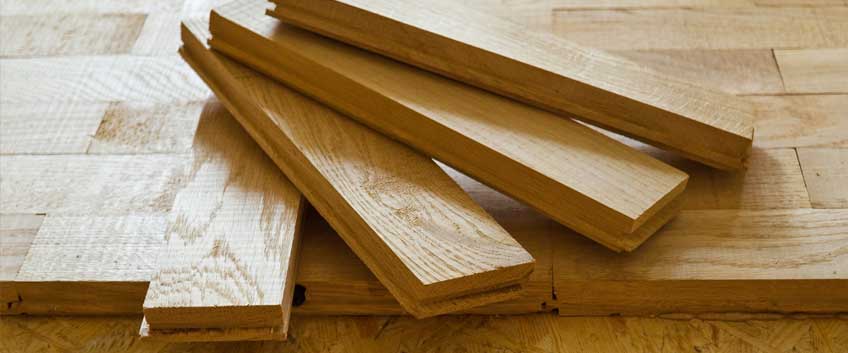Learning how to remove parquet flooring is not a complicated process. First, you must mark the area that you want to take off. Use tape to indicate the edges of the hardwood floor. Next, remove the fasteners that are securing the boards. After this, you must cut the boards to remove the joints and the overlap. You can rent a circular machine or buy one. Once you have completed this step, you can begin dismantling the parquet floor.
- If you can’t see the joists on your floor, you can use a heat gun to melt the glue. However, you must be careful to not burn the wood or the glue. When removing parquet flooring, use a putty knife and push it forward in short strokes. When slicing the floor, make sure to keep the angle consistent. If you don’t, you might gouge the floor.
- Once you’ve identified the nails, you can begin removing the rest of the parquet flooring. If it’s a self-drawn type, you can use a chisel or hammer to pry the pieces apart. If the pieces are glued together, wire splines may hold them in place. To cut these, you’ll need to use wire cutters.
- Once the parquet is removed, you should use an adhesive solvent for the removal. This type of solvent can be extremely effective. While it’s important to wear safety gear, some chemicals are not safe for you to breathe in, so be extra careful when prying up the tiles. If you don’t want to damage the subflooring, you can try a plastic or polyethylene film. If you are removing partial parquet, you need to cover the area in cardboard or organogold.
- After removing the old flooring, you should prepare for the installation of new flooring. The installation of new parquet is not difficult but it is not a DIY job. You need to prepare the subfloor before you can remove the old flooring. While the process is easy, it is not recommended for novices. For most people, removing parquet flooring is not a difficult task, but it is a time-consuming process.
- After removing the parquet flooring, you must be careful to protect your floor. It’s a good idea to protect the floors from bleach as it can damage the subfloor. Afterwards, you should apply a special glue on the tiles to ensure that they are free from glue. If you don’t want to ruin the floor, you can use a special chemical solvent for the removal. Moreover, you can also remove the glue from the parquet by using hot water and paper towels.
- Once you have dismantled the parquet, you must remove it from the floor. Once the entire area is exposed, you need to clean the area thoroughly before the installation of new flooring. This requires a lot of time and effort, so you must be careful when choosing the method. For example, you can clean the parquet tiles with a microfiber dust mop. You should also use a wool dust mop to wipe away the remaining glue.
- Before you begin tearing up your parquet flooring, be sure to remove the baseboards. It is important to note that you should not remove the baseboards completely since they may contain dangerous materials that could be harmful to the environment. Therefore, it is advisable to leave a small gap between the parquet and the wall. Lastly, the damaged floor should be level and dry.
- The first step is to find the shield. You should start with the one closest to the window. You can then use a crowbar to dismantle the parquet boards. Then, you can gently peel the old coating away. You can use a hammer and chisel to remove stubborn stains. For this procedure, you should be very careful because you can’t reuse the parquet that is stuck to the base.
Conclusion
Once you have removed the parquet flooring, you can begin the process of stripping the remaining pieces. You should use a compact floor stripper to remove the flooring. These machines are not as powerful as those used to remove ceramic tile, so you will have to do more work. If you’ve already removed the bottom layer, you’ll need to remove the remainder of the flooring. You’ll need a scraper to get the floor free of the parquet.

